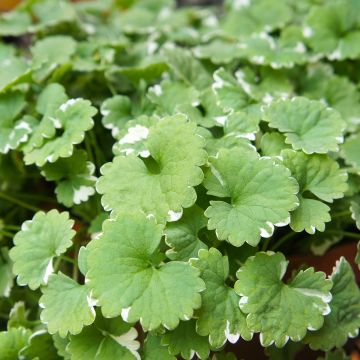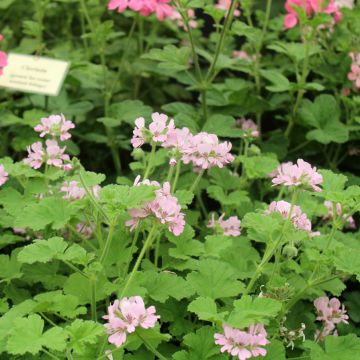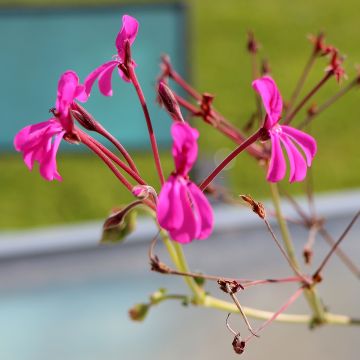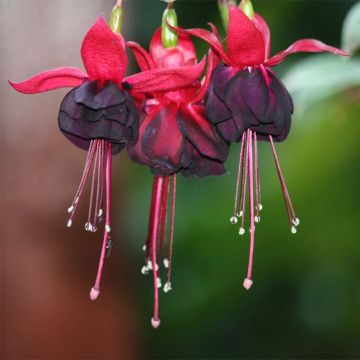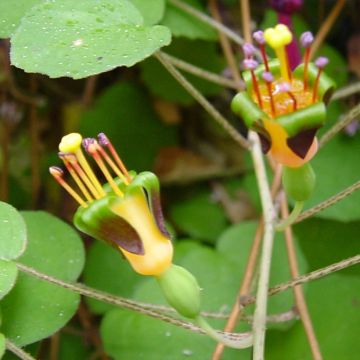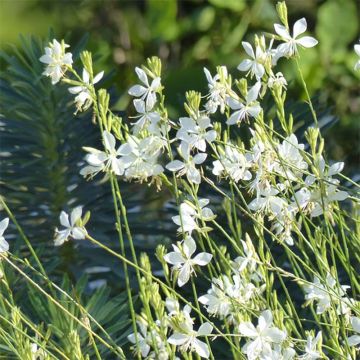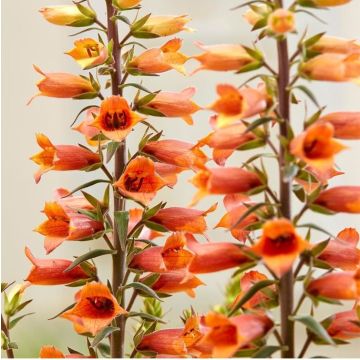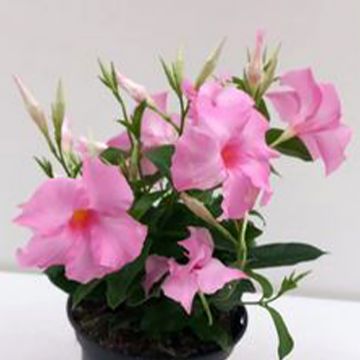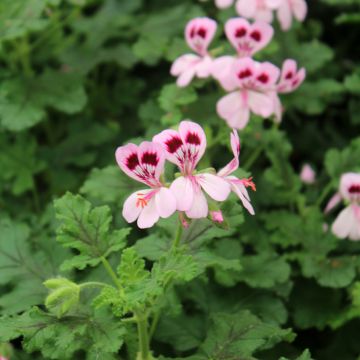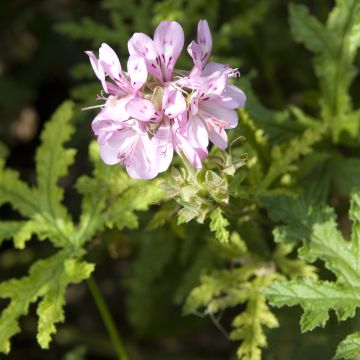Shipping country and language
Your country of residence may be:
Your country of residence is:
For a better user experience on our website, you can select:
Your shipping country:
Andorra
Austria
Belgium
Bulgaria
Canada
Chile
Croatia
Cyprus
Czechia
Denmark
Estonia
Finland
France
Germany
Greece
Hungary
Iceland
Ireland
Italy
Latvia
Lithuania
Luxembourg
Malta
Monaco
Netherlands
Poland
Portugal
Romania
Slovakia
Slovenia
Spain
Sweden
Switzerland
United Kingdom
We only deliver seed and bulb products to your country. If you add other products to your basket, they cannot be shipped.
Language:
French
German
Spanish
English
My Account
Hello
My wish lists
Plantfit
Log in / Register
Existing customer?
New customer?
Create an account to track your orders, access our customer service and, if you wish, make the most of our upcoming offers.
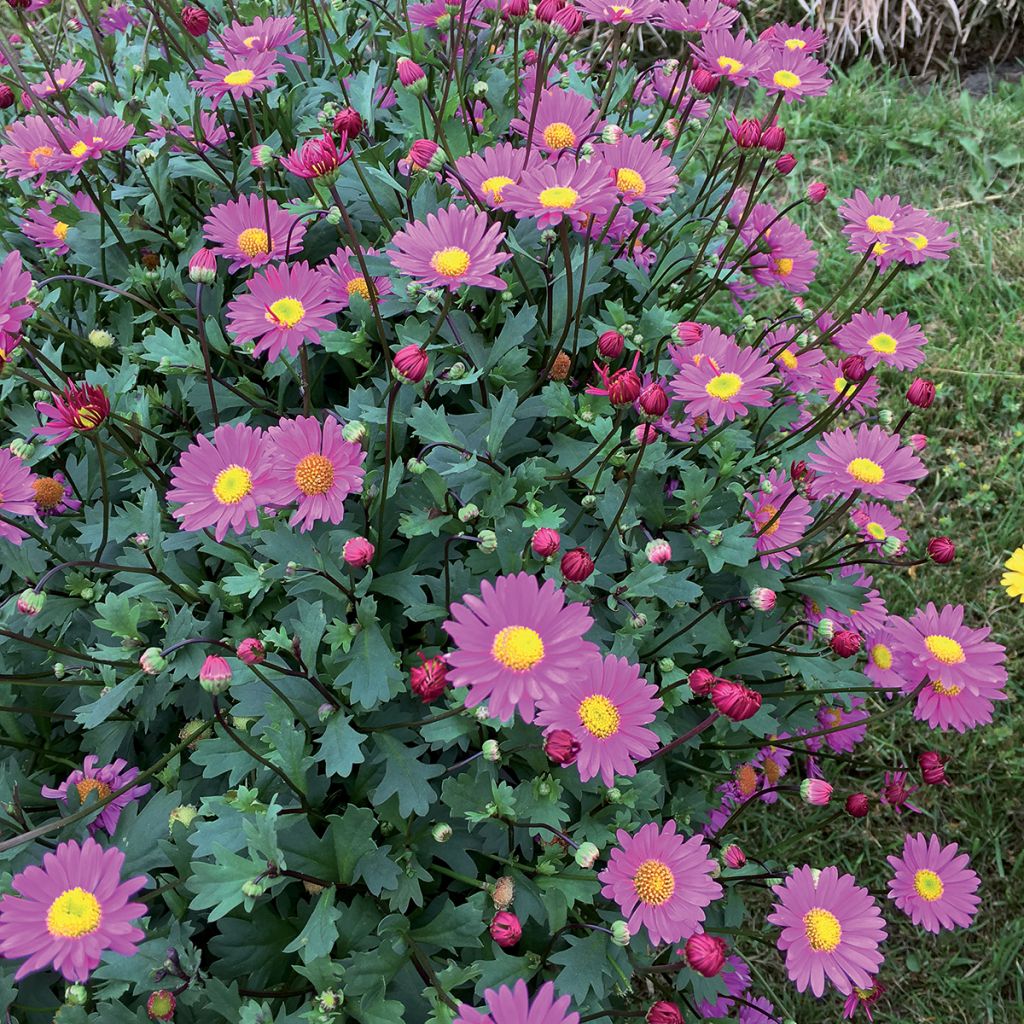

Brachyscome multifida Fresco Bright Pink - Cut-leaf Daisy
Brachyscome multifida Fresco Bright Pink - Cut-leaf Daisy
Brachycome multifida (angustifolia) Fresco™ Bright Pink
Cut-leaf Daisy, Swan River Daisy, Rocky Daisy
Order in the next for dispatch today!
Dispatch by letter from €3.90.
Delivery charge from €5.90 Oversize package delivery charge from €6.90.
More information
This item is not available in your country.
Schedule delivery date,
and select date in basket
This plant carries a 6 months recovery warranty
More information
We guarantee the quality of our plants for a full growing cycle, and will replace at our expense any plant that fails to recover under normal climatic and planting conditions.
From €5.90 for pickup delivery and €6.90 for home delivery
Express home delivery from €8.90.
Does this plant fit my garden?
Set up your Plantfit profile →
Description
The Brachyscome Fresco™ 'Bright Pink' is a variety of this hardy perennial, grown as an annual in our region. It offers large flowers for its type, vivid dark pink in heads, like small daisies, around a yellow centre. These flowers constantly renew themselves, providing a very long flowering period on a compact and rounded plant. Brachyscome is ideal for hanging baskets or containers, but also works well in garden borders. It prefers a warm and sunny position. It requires a fertile and well-drained soil and tolerates drought fairly well, when planted in the ground.
Brachyscome Fresco 'Bright Pink' is a plant from the large family of Asteraceae. One of its ancestors, Brachyscome multifida, is a herbaceous plant native to Australia. In nature, this species is found on dry, shallow or rocky soils. Theoretically a perennial, this plant only lives for two years, but its rapid growth allows it to be cultivated in our climates as an annual. The 'Bright Pink' variety forms a tall and wide flowering mound of 30cm. It is floriferous and early, and also stands out for its more intense coloration and increased size of its heads. Flowering occurs from May-June to October. The flower heads resemble asters or daisies, measuring 3-4cm, and are carried by thin stems emerging from medium green-grey foliage, divided into segments.
Brachyscomes are part of those very vigorous annuals, champions of long flowering periods, requiring almost no maintenance and little water. They are certainly suitable for container gardening, in beautiful hanging baskets or planters. But they also find their place in the garden, in rockeries or flower beds. They happily coexist with other annuals such as blue Lobelia, Bacopa, and Diascia, allowing for multiple colour combinations.
An ecological asset: Throughout the summer, the melliferous flowers of Brachyscome attract pollinating insects and butterflies to your garden. A good way to improve the ecosystem of your garden and promote fruit and vegetable production in your vegetable patch.
Flowering
Foliage
Plant habit
Botanical data
Brachycome
multifida (angustifolia)
Fresco™ Bright Pink
Asteraceae
Cut-leaf Daisy, Swan River Daisy, Rocky Daisy
Cultivar or hybrid
Other Brachyscome - Brachycome
Planting and care
You can plant your Brachyscomes in the ground or in a pot. If you want to plant them in the ground, wait until the last heavy frosts have passed (Brachyscomes can tolerate a small late frost). In the meantime, you can pre-cultivate them in a warm and bright place to accelerate their growth. Plant them in a sunny location. They need a light and humus-bearing soil, not too chalky, but above all well-draining. In the ground, they tolerate occasional drought, but will need regular watering during hot summer weather. In pots, they will need to be watered regularly. They perish in soil that is constantly waterlogged. Very floriferous and with rapid growth, they are hungry plants. We recommend feeding them with liquid fertilizer during the growing season. Usually grown as annuals, they are actually fragile perennials: by bringing them indoors before the first cold weather, you can extend their flowering into autumn and winter.
Planting period
Intended location
Care
This item has not been reviewed yet - be the first to leave a review about it.
Haven't found what you were looking for?
Hardiness is the lowest winter temperature a plant can endure without suffering serious damage or even dying. However, hardiness is affected by location (a sheltered area, such as a patio), protection (winter cover) and soil type (hardiness is improved by well-drained soil).

Photo Sharing Terms & Conditions
In order to encourage gardeners to interact and share their experiences, Promesse de fleurs offers various media enabling content to be uploaded onto its Site - in particular via the ‘Photo sharing’ module.
The User agrees to refrain from:
- Posting any content that is illegal, prejudicial, insulting, racist, inciteful to hatred, revisionist, contrary to public decency, that infringes on privacy or on the privacy rights of third parties, in particular the publicity rights of persons and goods, intellectual property rights, or the right to privacy.
- Submitting content on behalf of a third party;
- Impersonate the identity of a third party and/or publish any personal information about a third party;
In general, the User undertakes to refrain from any unethical behaviour.
All Content (in particular text, comments, files, images, photos, videos, creative works, etc.), which may be subject to property or intellectual property rights, image or other private rights, shall remain the property of the User, subject to the limited rights granted by the terms of the licence granted by Promesse de fleurs as stated below. Users are at liberty to publish or not to publish such Content on the Site, notably via the ‘Photo Sharing’ facility, and accept that this Content shall be made public and freely accessible, notably on the Internet.
Users further acknowledge, undertake to have ,and guarantee that they hold all necessary rights and permissions to publish such material on the Site, in particular with regard to the legislation in force pertaining to any privacy, property, intellectual property, image, or contractual rights, or rights of any other nature. By publishing such Content on the Site, Users acknowledge accepting full liability as publishers of the Content within the meaning of the law, and grant Promesse de fleurs, free of charge, an inclusive, worldwide licence for the said Content for the entire duration of its publication, including all reproduction, representation, up/downloading, displaying, performing, transmission, and storage rights.
Users also grant permission for their name to be linked to the Content and accept that this link may not always be made available.
By engaging in posting material, Users consent to their Content becoming automatically accessible on the Internet, in particular on other sites and/or blogs and/or web pages of the Promesse de fleurs site, including in particular social pages and the Promesse de fleurs catalogue.
Users may secure the removal of entrusted content free of charge by issuing a simple request via our contact form.
The flowering period indicated on our website applies to countries and regions located in USDA zone 8 (France, the United Kingdom, Ireland, the Netherlands, etc.)
It will vary according to where you live:
- In zones 9 to 10 (Italy, Spain, Greece, etc.), flowering will occur about 2 to 4 weeks earlier.
- In zones 6 to 7 (Germany, Poland, Slovenia, and lower mountainous regions), flowering will be delayed by 2 to 3 weeks.
- In zone 5 (Central Europe, Scandinavia), blooming will be delayed by 3 to 5 weeks.
In temperate climates, pruning of spring-flowering shrubs (forsythia, spireas, etc.) should be done just after flowering.
Pruning of summer-flowering shrubs (Indian Lilac, Perovskia, etc.) can be done in winter or spring.
In cold regions as well as with frost-sensitive plants, avoid pruning too early when severe frosts may still occur.
The planting period indicated on our website applies to countries and regions located in USDA zone 8 (France, United Kingdom, Ireland, Netherlands).
It will vary according to where you live:
- In Mediterranean zones (Marseille, Madrid, Milan, etc.), autumn and winter are the best planting periods.
- In continental zones (Strasbourg, Munich, Vienna, etc.), delay planting by 2 to 3 weeks in spring and bring it forward by 2 to 4 weeks in autumn.
- In mountainous regions (the Alps, Pyrenees, Carpathians, etc.), it is best to plant in late spring (May-June) or late summer (August-September).
The harvesting period indicated on our website applies to countries and regions in USDA zone 8 (France, England, Ireland, the Netherlands).
In colder areas (Scandinavia, Poland, Austria...) fruit and vegetable harvests are likely to be delayed by 3-4 weeks.
In warmer areas (Italy, Spain, Greece, etc.), harvesting will probably take place earlier, depending on weather conditions.
The sowing periods indicated on our website apply to countries and regions within USDA Zone 8 (France, UK, Ireland, Netherlands).
In colder areas (Scandinavia, Poland, Austria...), delay any outdoor sowing by 3-4 weeks, or sow under glass.
In warmer climes (Italy, Spain, Greece, etc.), bring outdoor sowing forward by a few weeks.
